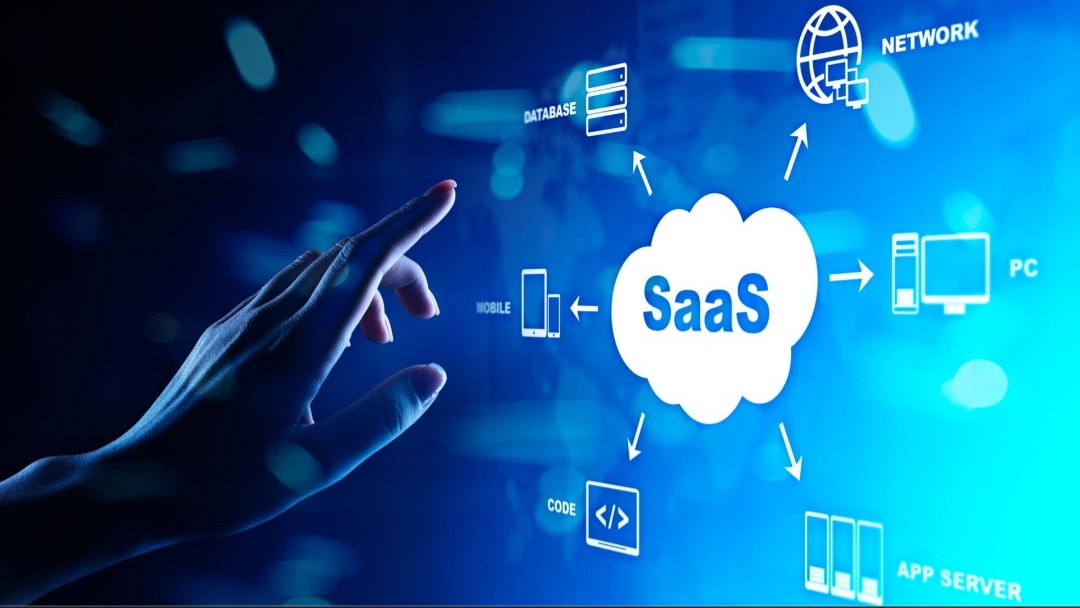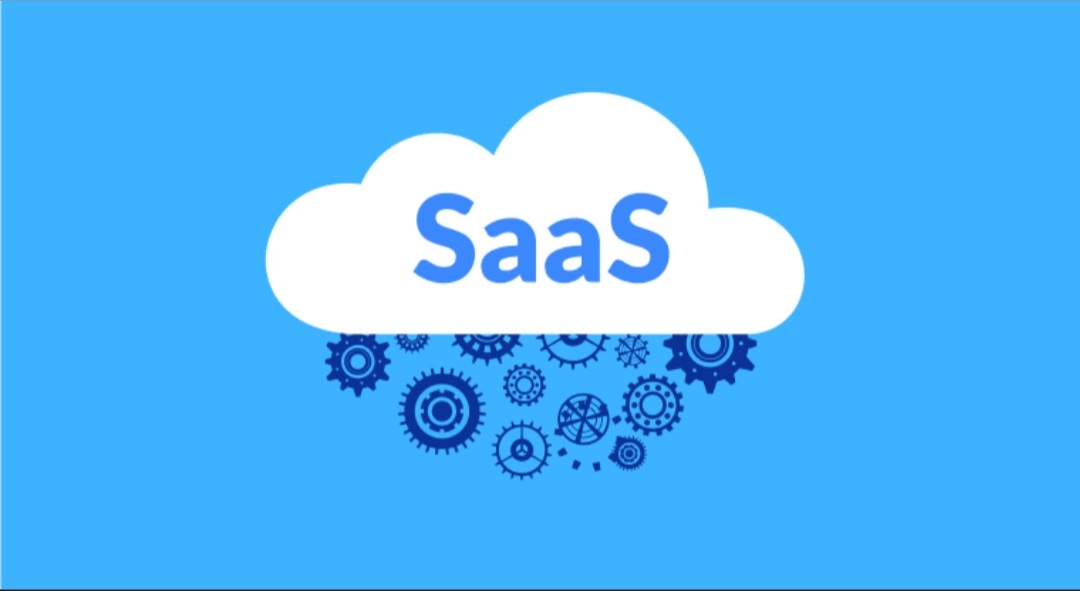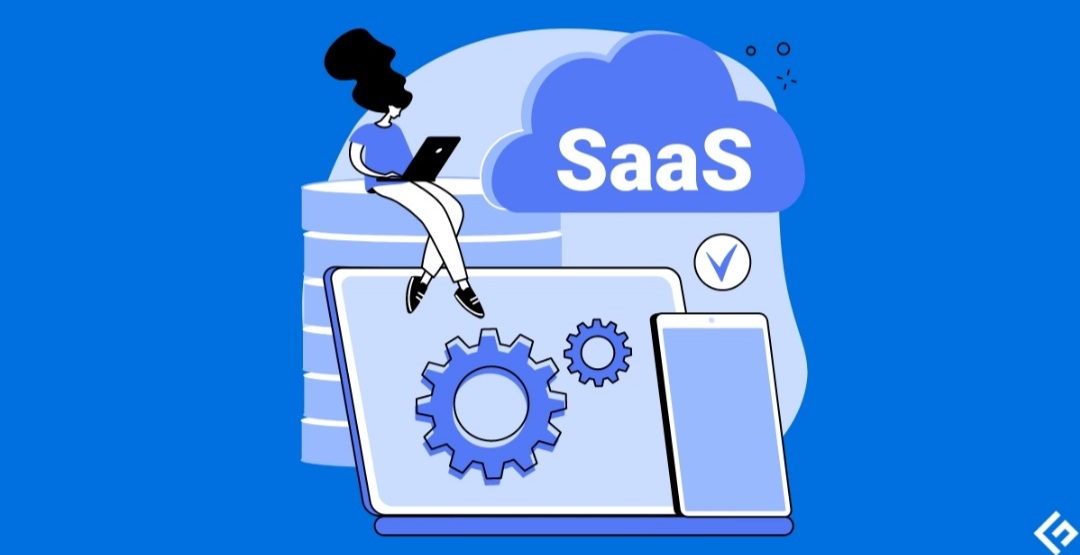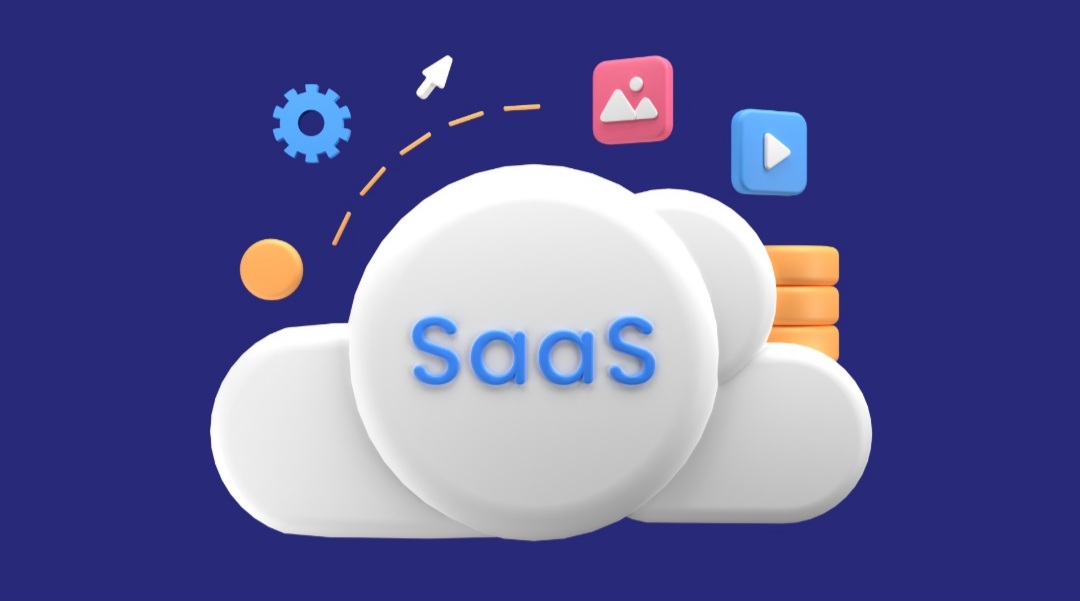Technology
Transitioning Your Business to SaaS: A Step-by-Step Guide
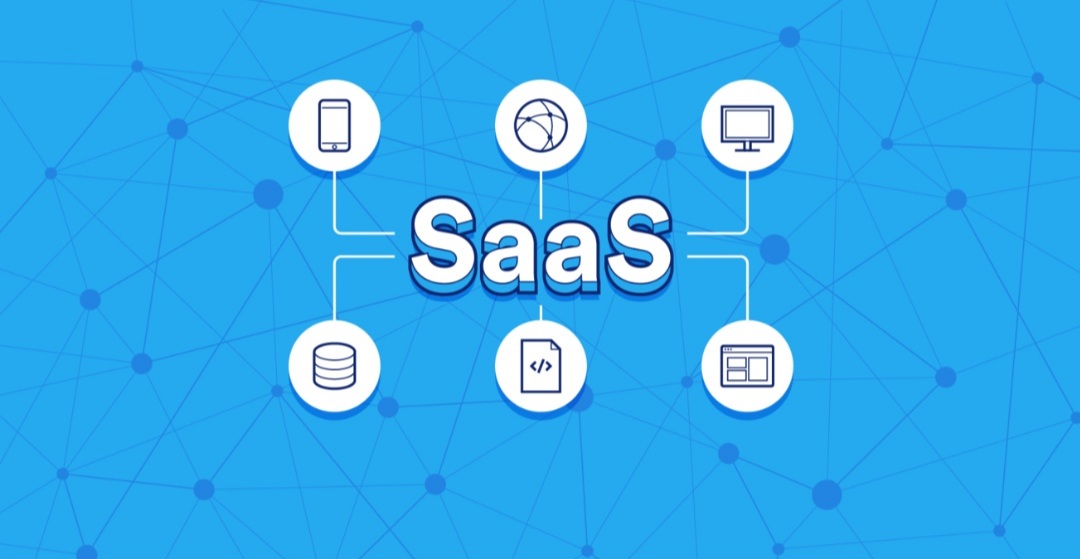
The software industry is undergoing a seismic shift towards the Software-as-a-Service (SaaS) model. This subscription-based approach offers numerous advantages for both businesses and customers, from scalability and recurring revenue to ease of use and automatic updates. But transitioning from a traditional on-premise model to SaaS requires careful planning and execution.
This blog post will act as your guide, outlining the key steps involved in successfully transitioning your business to SaaS.
Step 1: Self-Assessment and Customer Validation
- Is your product well-suited for SaaS?
- Consider factors like the complexity of installation and configuration, the size of data, integration requirements, and hardware dependencies.
- Analyze if your team has the technical expertise required to architect a cloud-ready SaaS solution.
- How are your customers using your software currently?
- Conduct thorough surveys and interviews to map usage patterns, pain points, and feature requests that align with a SaaS delivery model.
- What are your competitors doing?
- Research pricing models (per seat, per usage, freemium, etc.), feature sets, support levels, and marketing strategies employed by successful SaaS competitors in your space.
Step 2: Developing Your SaaS Value Proposition
- Focus on recurring value:
- Highlight benefits beyond the initial purchase, such as automatic upgrades, data security, anywhere accessibility, and disaster recovery.
- Embrace a customer-centric approach:
- Segment customers based on business size, industry, and specific needs. Tailor your messaging and features for each segment.
- Define clear pricing tiers:
- Offer a variety of plans with graduated features and usage limits. Provide options for monthly and annual subscriptions with potential volume discounts.
Step 3: Planning for a Smooth Customer Transition
- Open Communication:
- Articulate the “why” behind the shift to SaaS. Outline the timeline, benefits, and any potential changes in pricing and support.
- Incentivize Early Adoption:
- Offer discounts, free migration help, premium support, or even ” grandfathering” of legacy pricing for a limited time.
- Phased Migration:
- If applicable, allow modules or features to be migrated gradually. Provide data migration tools and extensive documentation.
Step 4: Building Your SaaS Infrastructure
- Cloud Platform Selection:
- Analyze major providers (AWS, Azure, GCP) based on cost, features, your team’s skills, and potential integrations with other tools.
- Security and Data Management:
- Employ encryption, regular backups, access controls, and compliance frameworks (SOC, HIPAA, etc.)
- Consider utilizing microservice architecture for scalability and easier maintenance.
- Subscription Management and Billing:
- Research integrated billing solutions or develop a custom in-house system. Ensure secure handling of credit cards and other payment gateways.
Step 5: Evolving as a SaaS Business
- Continuous Product Development:
- Establish an agile development process. Leverage customer feedback loops and usage data to drive feature releases and improvements.
- Customer Success Focus:
- Build a knowledge base and self-help resources. Offer proactive support, webinars, and onboarding programs tailored to different customer segments.
- Metrics and Analytics:
- Track MRR (Monthly Recurring Revenue), ARPU (Average Revenue Per User), churn rate, customer feedback through NPS scores. Continuously use insights from data to improve the product and customer experience.
